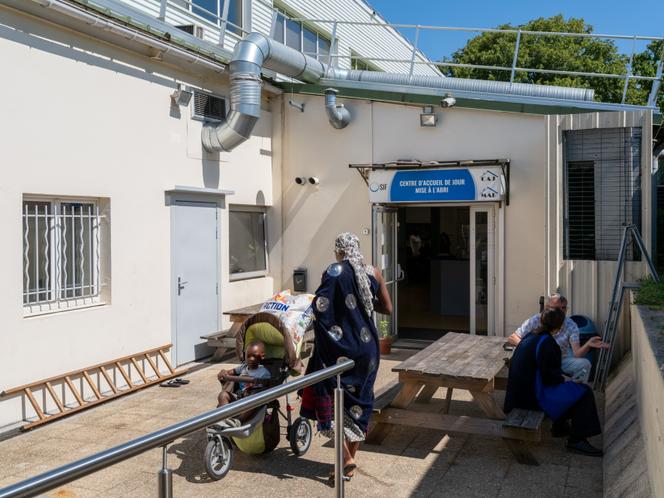


Every year for nearly three decades, France's statistics bureau, the National Institute of Statistics and Economic Studies (INSEE), has measured poverty and inequality among the population of mainland France living in regular housing. Indicators reached unprecedented levels in 2023, according to figures published Monday, July 7: Around 9.8 million people were living below the monetary poverty threshold, which is set at 60% of the median monthly income, or €1,288 for a single person.
Around 650,000 people fell into poverty in 2024, the largest increase since the current method of calculation was introduced in 1996. The poverty rate reached 15.4%, up from 14.4% in 2022, marking both a record level and a record jump. Inequality also rose: The wealthiest 20% had incomes 4.5 times higher than the poorest 20%, a historic gap for the past 30 years. The Gini coefficient, another measure of inequality, is now close to its maximum, which was reached in 2011.
"You'd have to go back to the early 1970s to find slightly greater inequality," said Michel Duée, head of the department of household resources and living conditions at INSEE. "Living standards, supported by a favorable job market, rose faster than inflation, except for those on the lowest incomes," he said.
You have 77.08% of this article left to read. The rest is for subscribers only.
